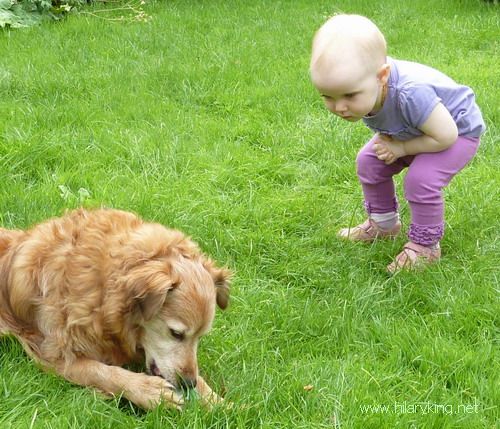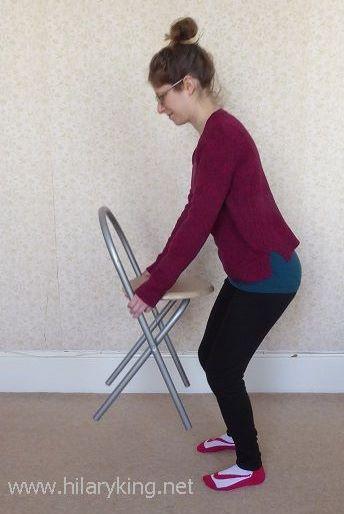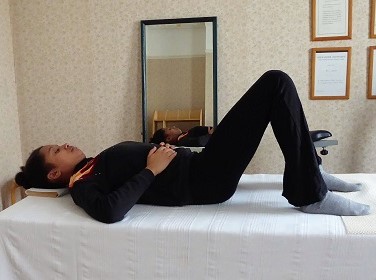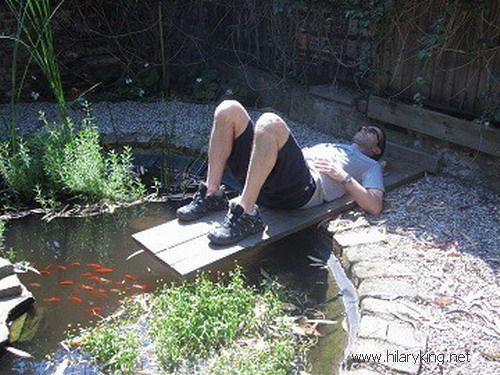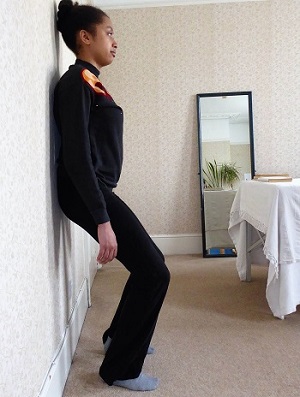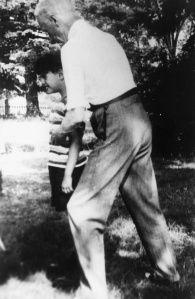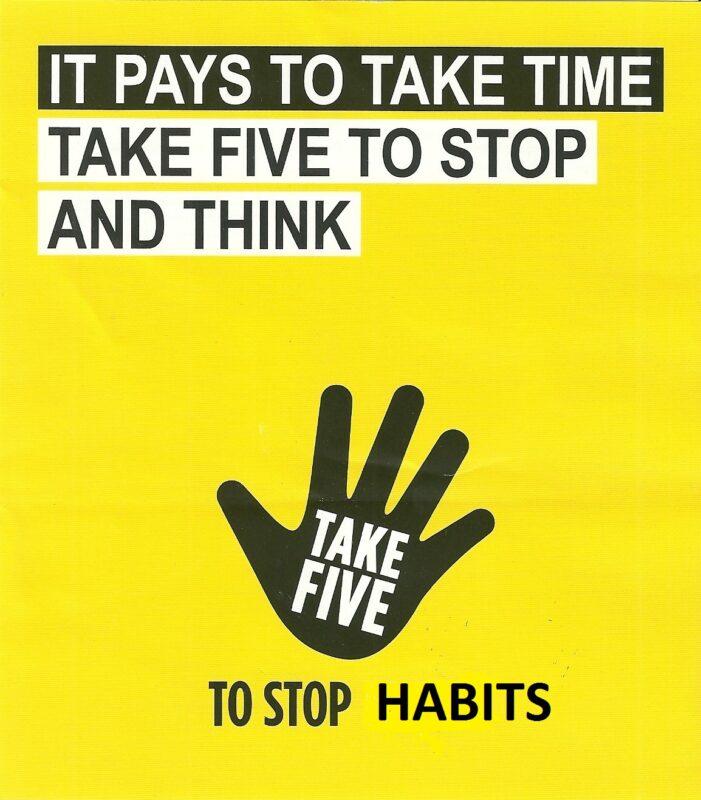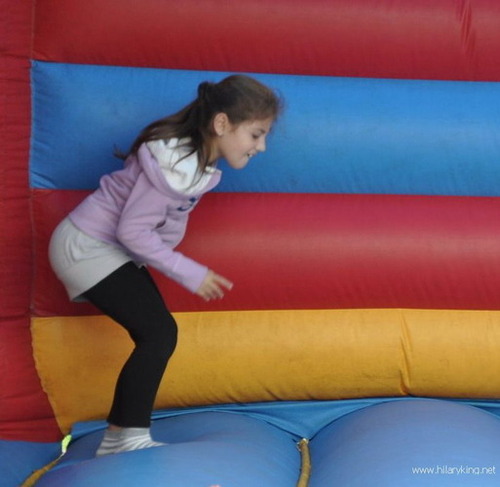So Why am I Talking About Jigsaws?
It’s Christmas (2020). Out comes my new jigsaw and now I have some challenges. The most important one, I realised a bit late, was how to do the jigsaw and avoid getting neck pain! The next was to decide if the table should be covered with jigsaw pieces. With the Covid 19 lockdown in place there will be no visitors, so yes, the table can hold the jigsaw.
Another challenge is to find all the edges and line them up where they might fit. I’ve started hunting and I gently rummage around in the box. I explore carefully, so I don’t break any of the jigsaw pieces. I’m already confused because the corner pieces are different colours from the image on the box! Unfortunately, I’ve not being paying enough attention to my body use.
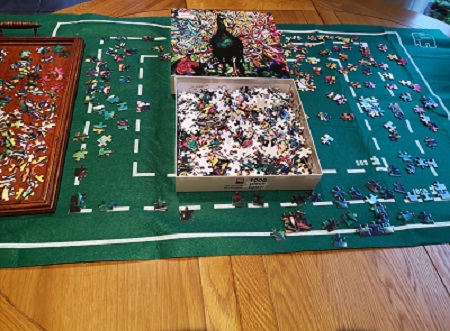
How do We do Jigsaws and Avoid getting Neck Pain?
I’ve not done a jigsaw for a long time and I need to get my eye in. It’s hard to find what I’m looking for. I notice my shoulders and upper back are beginning to ache a little – that didn’t take long to happen! So what was I doing to cause that?
I had got lost in the activity and I had begun curl down over the table to see the jigsaw. So I’d started getting a bit tense and then achy. How easy it is to lose awareness of our body use when we get engrossed! It’s not surprising I was a bit achy, when you remember that our heads weigh approx 5 kg or 11 pounds. Our heads are so heavy, if we don’t support them with an easy poise and balance, the weight will drag us down. Then we can get neck pain and stiff shoulders.
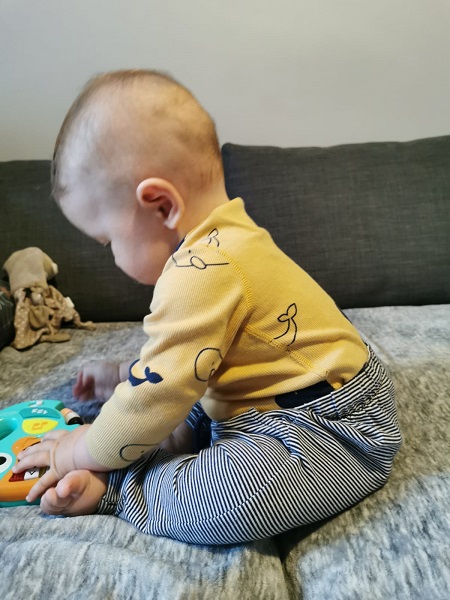
My grandson is a good teacher! See how freely and easily he looks down
My grandson is a good teacher for me and when I see how he moves, it reminds me to come back to myself and think of my own body use. He has such a lovely easy way of moving. Here he is looking down, yet he is not dropping his head and neck forwards as I had just done. He is folding forwards from his hip joints and his muscles are working together in a quiet and balanced way – just as I teach people to do in Alexander lessons. (Teacher teach thyself!) You can sense the connection from the top of his head, along his spine and down to his coccyx and sitting bones.
So my most important challenge is that when I do jigsaws, I will to do so with more awareness. I will avoid getting neck pain by using the Alexander Technique. I’ll hinge forwards from my hip joints so that I can see what I’m doing and take frequent breaks – as I do when I’m working at my computer. Maybe I don’t need to play so intensely (in-tensely – got it?). Just because I’m having fun and supposedly relaxing, it doesn’t mean that I don’t need to look after myself.
If you would like to discover ways of looking after yourself whilst performing daily activities, contact me here and try an Introductory Alexander Lesson. This can be face to face in Harringay, or online if you live far afield.
